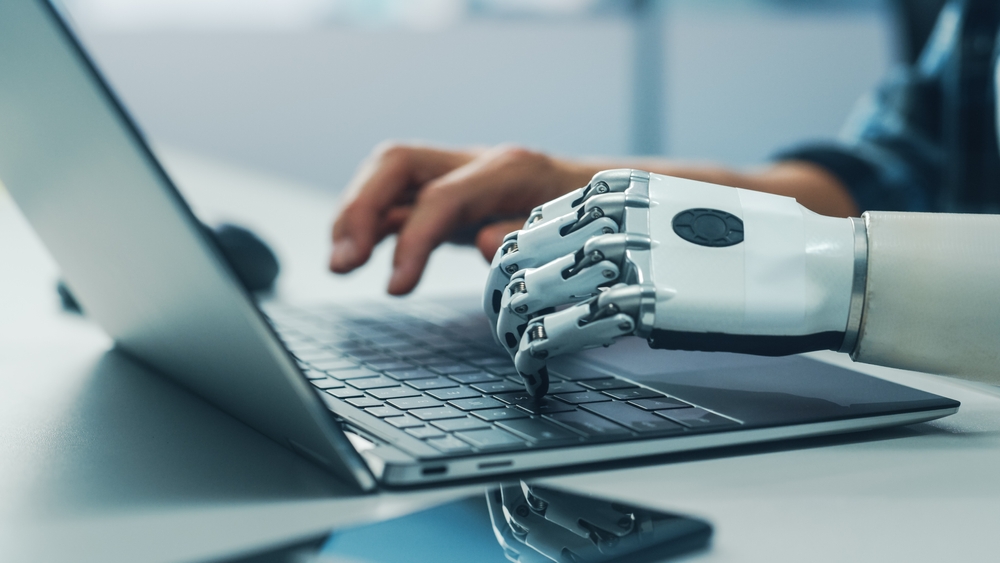
The translator of the future is a human-machine hybrid
The translator of the future is a human-machine hybrid
The gist of a recent article in The Economist is precisely what we at cApStAn Linguistic Quality Control have been applying for years by looking at “augmented translator models” and man-machine interaction in translation environments. We believe that finding the right combination of automation and human intervention is the way forward.
The author writes that for some translators, editing a machine’s may sound depressing. But this can be seen the other way round too. Allowing the machine to do the easy bits – the chunks that are translated the same way, over and over – frees the translator to apply specialised linguistic and subject-matter knowledge, solving more intellectually satisfying problems. Many translators have been silently (and guiltily) relying on computers for years. What is newer, he adds, is the willingness of translation firms, and individual translators, to be out and proud about using MT, not as a crutch but as a means to cut costs and turnaround times. Part of the job becomes knowing what can be automated and what cannot.
Tales of artificial intelligence usually pit humans against encroaching machines, “Terminator”-style, says the author. But the translator of the future will be neither entirely human nor machine. “They will be human beings with mechanical enhancements. Call them cyborgs”.
Sources
“The translator of the future is a human-machine hybrid”, The Economist, November 30,2022
See also, from our blog
“Should professional translators shun machine translation?”
How to leverage neural machine translation in test item translation”
“Why it’s High Time to Prepare Skills Sets and Role Models for Man-Machine Translation (MMT)”